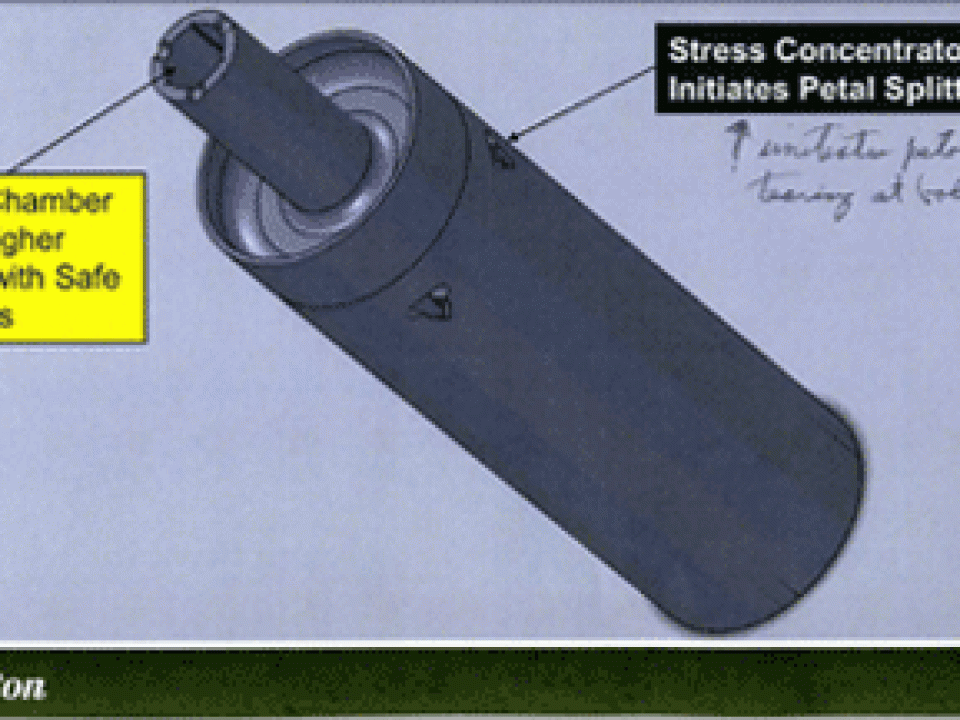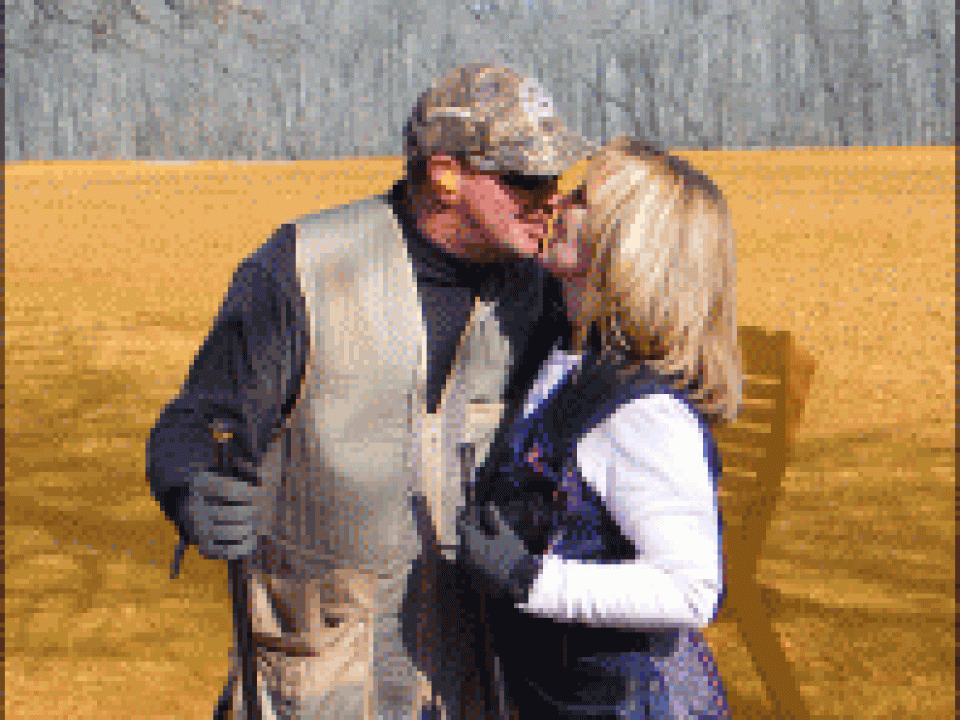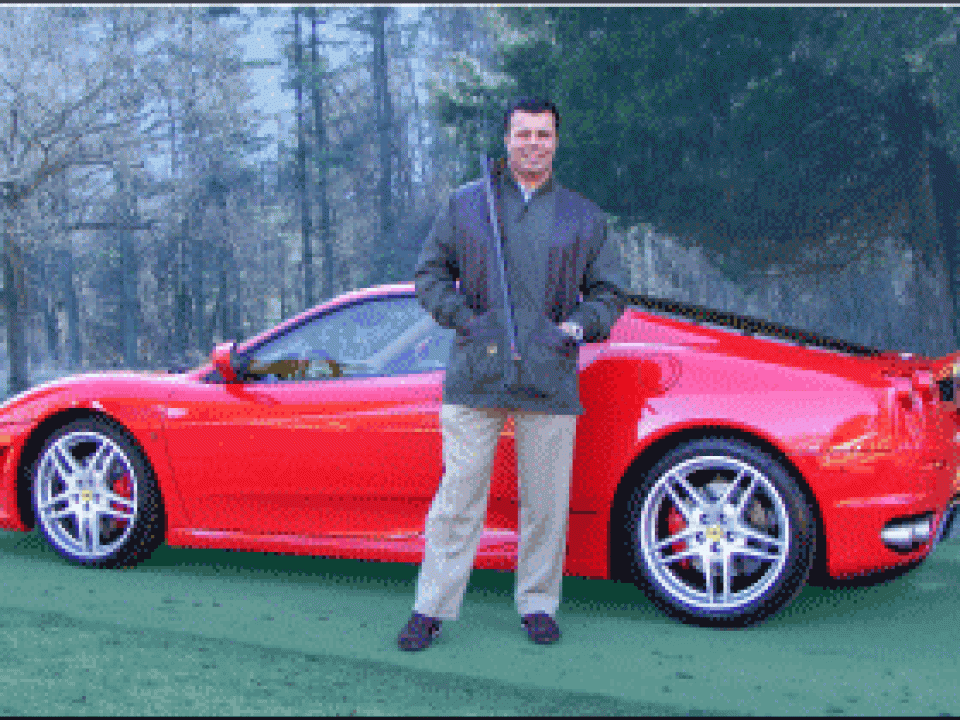A research team at Remington has developed a revolutionary new wad design that lets steel shot fulfill its long-promised potential as the ultimate waterfowl load.
For waterfowl hunting, steel shot is the odds-on favorite. Other non-toxics are available, and most all of them result in better performance than steel. But these other non-toxic waterfowl loads are not purchased in huge quantities for one basic reason – they are more expensive than steel loads – a lot more expensive.
If you shot any of the early steel loads from several decades back you know those loads were very poor. They shot horrible patterns, produced a lot of powder fouling, and maybe crippled more ducks than the lead pellets that ducks ingested. Slowly the shotshell manufacturers improved on the steel loads. One factor that helped this along was new powders designed with steel in mind. This resulted in less powder fouling. Those who shot semi-auto shotguns at ducks cheered this breakthrough as this meant their shotguns now kept shooting instead of jamming so often.
Another factor that helped steel loads kill ducks more effectively was that the ammo companies were able to increase velocities with the new powders. Since steel is less dense than lead (lighter by 30 percent), the increased velocity helped steel enhance its killing power.
However, current steel loads are at their maximum – both from a velocity standpoint and from a chamber pressure standpoint. In fact, most high velocity steel loads produce chamber pressures that are right at the top of what experts consider safe. Increase chamber pressures further and we increase the chance of starting to blow up some shotguns. No ammo company is going to do that in these sue-happy times.
So how can we (1) reduce chamber pressures and still keep velocity of steel loads at current levels, and/or (2) increase steel shot velocity levels – and still keep chamber pressures within proper safety standards?
A research team at Remington went to work on this problem, and they have come up with a solution that promises to be a major breakthrough in shotgun ballistics – not only for steel shot but lead loads as well – in fact maybe all future shotshells.
Remington developed a totally new concept in a plastic wad that makes all of the above possible. The wad design is so new that we don’t even have any new loads to test – that have these wads installed. Remington is so confident in this wad’s potential that they are calling this the biggest breakthrough since the introduction of the plastic wad itself.
Remington had a name for this wad, but they have pulled that name back in hopes of a better one. Maybe now you’re getting some appreciation of how new this technology really is.
Check the accompanying artist’s rendition of this wad. The main breakthrough is the precision engineered “ignition chamber,” the smaller cylindrical part at the base of the wad. This ignition chamber is designed to nestle into the top of the primer pocket.
The powder is dropped in a normal manner. When the new wad is seated some of that powder works its way into the ignition chamber. To insure that powder fills that ignition chamber a ball-type powder with tiny grains will be used. Now remember that the ignition chamber is sitting right on top of the primer.
When the primer is ignited the small amount of powder in the ignition chamber gets ignited first, thus the burn is started. In turn, the wad and shot column move slightly forward, and this allows the burning powder in the ignition chamber to ignite the rest of the powder charge.
How can this reduce chamber pressures? It’s all about delaying (slowing down) full ignition of the powder. Use of the new wad system means that powder ignition is stretched out over a longer period of time – and that’s how chamber pressures are reduced. Bottom line – these researchers had to think out of the box to come up with a new way to reduce chamber pressures.
While I like the idea of the new wad for reducing chamber pressures in steel shot loads – I’m thinking to the future – and hopefully building this wad technology into target loads and field loads using lead shot. Being a recoil conscious freak I’m hoping the new wad will reduce felt recoil in target loads – via reduced chamber pressures – but still maintaining standard target load velocities.
Remington says they will be using slow-burning ball-type powders with the new wad and their new steel loads. I know of no current slow burning ball powders available to reloaders, but evidently Remington has worked with a powder manufacturer to develop such a powder.
An example of a slow burning powder and the resultant reduction of felt recoil would be reloading with slow burning IMR 7625 powder to develop an 1150-feet-per- second load with 1 ounce of shot in 12 gauge.
Work up the same 1-ounce, 1150-feet-per-second load using a fast burning powder, and it won’t take any rocket science research to feel that the 7625 load is very soft in comparison. Of course, 7625 is not offered in a ball-type configuration, but I can only assume that the science to do that is doable. The same principal that allows a slow burning powder like 7625 to have less chamber pressure – is now offered via a wad – a wad that slows down the burn rate and results in lower chamber pressure – and lower chamber pressures mean less felt recoil – a gentle shove rather than a sharp rap.
Remember – as the ignition chamber powder ignites the wad and shot charge move slightly forward – increasing the area for the rest of the powder burn – and thus we get the slower powder burn – ignition stretched out over a longer period of time.
A second new feature of breakthrough wad will be the “stress concentrators” built in near this wad’s base. Again, check the artist’s rendition. The new wad is not split down the sides, as most all other wads are. The “stress concentrator” areas, however, start the wad slits upon powder ignition. There are internal “slits” inside this wad, making it easy for the stress concentrators to start and complete the wad slitting up the sides. But because the slits start opening from the bottom, the pellets in the wad are held there longer, which Remington says results in tighter down range patterns.
Initially, (which means Fall 2010) Remington will only offer the new shotshells with the new wad in 12 gauge and in steel 3-inch and 3 ½-inch loads. All these loads will be at the same velocity – a whopping 1700 feet per second – which means no lead changes no matter which of these loads you are using.
Remington is calling the new shells HyperSonic Steel™. Interestingly 1 1/8, 1 1/4 and 1 3/8 ounce loads will be offered in the HyperSonic Steel – again all at 1700 feet per second. The 3-inch 1 1/8 ounce loads will be offered in BB, 2 and 4. The 3-inch 1 1/4 ounce loads will be offered in BB, 1, 2 and 4. The 3 ½-inch HyperSonic Steel will be offered in BB, 2 and 4 at 1 3/8 ounce.
As much as I’m excited about these new steel loads with the new wad I’m looking farther into the future – and lead target and field loads that utilize this new wad technology that permits slower burn rates with resultant lower chamber pressures and less felt recoil.
If a slow burning powder like 7625 in ball form could be used with this new wad chamber pressures could be reduced even further. Think of shooting a 1-ounce 12-gauge load at 1200-feet-per-second that results in even less recoil than we see today using slow burning 7625. The 7625 is used only as an example here, for there are other slow burning powders, though when it comes to 12 gauge shotshell powders IMR 7625 is one of the slowest.
I predict you are going to be hearing a lot more about this new wad design, and this wad could be the biggest advancement since the development of the plastic wad – especially if the wad technology can also be applied to lead loads.
Nick Sisley has been a full-time freelance outdoor writer since 1969. He writes a regular shotgun column in Wildfowl magazine, Sporting Clays magazine, the Skeet Shooting Review and others. He’s authored eight books and penned thousands of magazine articles. He can be contacted at nicksisley@hotmail.com.
Remington Ballistics:
http://www.remington.com/products/ammunition/ballistics
{loadposition signup}







